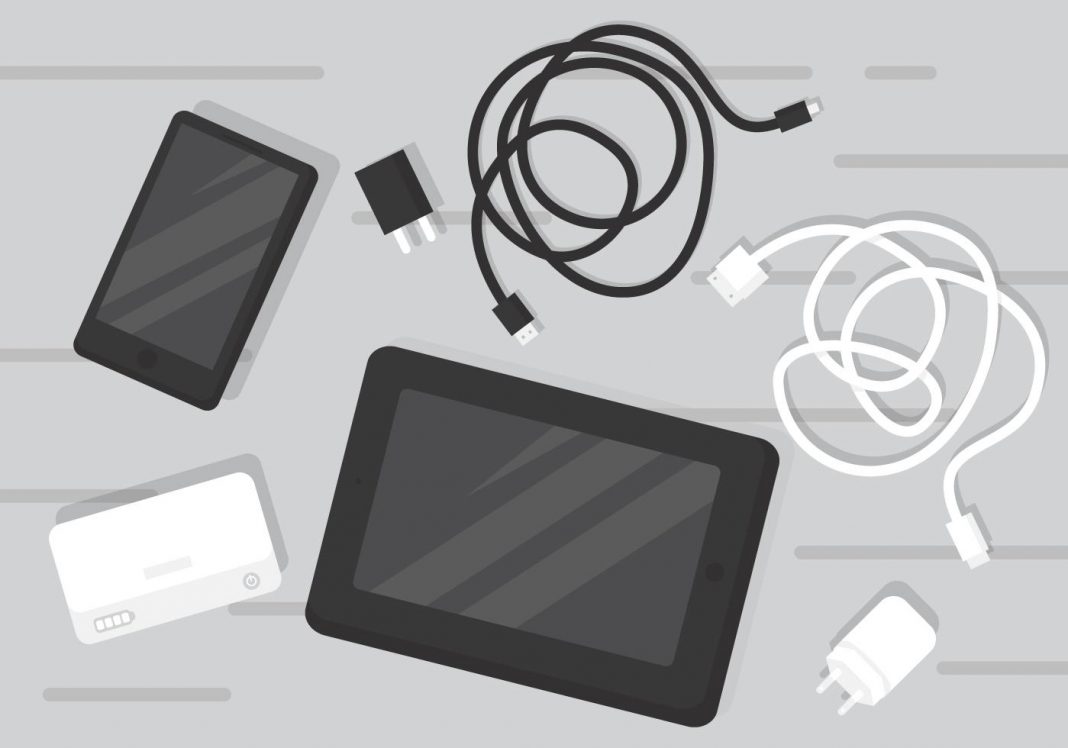By 2024, USB Type-C will be the standard charging connector for all mobile phones, tablets, and cameras in the European Union, and laptops will be required to meet the same criteria 16 months later.
This is in accordance with the preliminary agreement on the modified Radio Equipment Directive, which must be formalised by the European Parliament and Council.
Chargers have a lot of negative environmental consequences. Each charger necessitates the use of raw materials, as well as the manufacture and transportation of those resources, which emit CO2. When chargers are no longer used, they generate electronic waste.
It is estimated that chargers for portable devices generate about 39,000 tonnes of e-waste. Furthermore, chargers are frequently thrown away or stored in drawers rather than being properly recycled or repurposed.
As a result, the legislation is part of a larger EU initiative to make EU products more sustainable, decrease electronic waste, and encourage green and digital transitions while making customers’ lives easier.
A charging solution is formed by three main elements: the external power supply (EPS), a cable assembly connecting the EPS to the device, and the battery included in the device. These three pieces must be compatible in order for a gadget to charge.
And because interoperability is contingent on all of the above-mentioned aspects cooperating, the European Commission — the executive branch of the European Union — proposes a unified charging connector for electronic devices that allows users to charge their gadgets with the same USB-C charger regardless of device brand; a synchronised fast charging technique to help prevent different manufacturers from limiting charging speeds unjustifiably and to ensure that charging speeds are consistent; Unbundling the sale of a charger from the sale of an electronic device, allowing consumers to buy a new electronic item without having to buy a new charger, reducing the number of unwanted chargers purchased or left unused;and lastly improved customer information on charging performance, the power required by the gadget, and if it enables rapid charging.
This will make it easy for customers to determine whether their current chargers are compatible with their new device or to find a suitable charger.
Proprietary considerations
Because Android-based devices already utilise the new standard, the shift will have a significant impact on Apple’s iPhones, which use a lightning cord. Earbuds, video game consoles, and e-readers are among other items that will be covered by the new rule, which would certainly affect other businesses such as Huawei and Samsung.
Indeed, there is a need for a standardised interface, but it should not be accompanied with obligatory standard compliance.
Conformity to standards causes losses and, in many cases, stifles innovation: for example what will happen in five years when someone wants to use a better connector? What of efforts to innovate towards the abolishment of charging ports altogether using the innovative magnetic-contact chargers?
Is the EU solving non-existent problem with bravado, and ignoring or bungling existential ones? Furthermore, in this matrix, the less mentioned about free market capitalism, the better.
Moreover, Apple’s proprietary connector and lightning cord, earn a significant amount of income for the corporation.
However, the mandate puts Apple in a difficult position, as it must re-invent; this means losing earnings from unexpired patents; allocating more resources to research and development in order to develop new patents; possible licensing fees to the USB-C charger’s proprietor; potential brand dilution; and who bears such costs?
Hence, it’s difficult to see how such a regulation would assist consumers when it forbids certain concepts.
Given the importance of consumer advantages in policy evaluation, the project is unlikely to result in a favourable socio-economic outcome.
Even well-intentioned policies carry the danger of having severe unintended consequences owing to inhibited or delayed innovation.
This herein is akin to forcing Netflix to provide VCR screening alongside streaming. Consequently, it kicks the battle between innovators and legislators to the next level.


